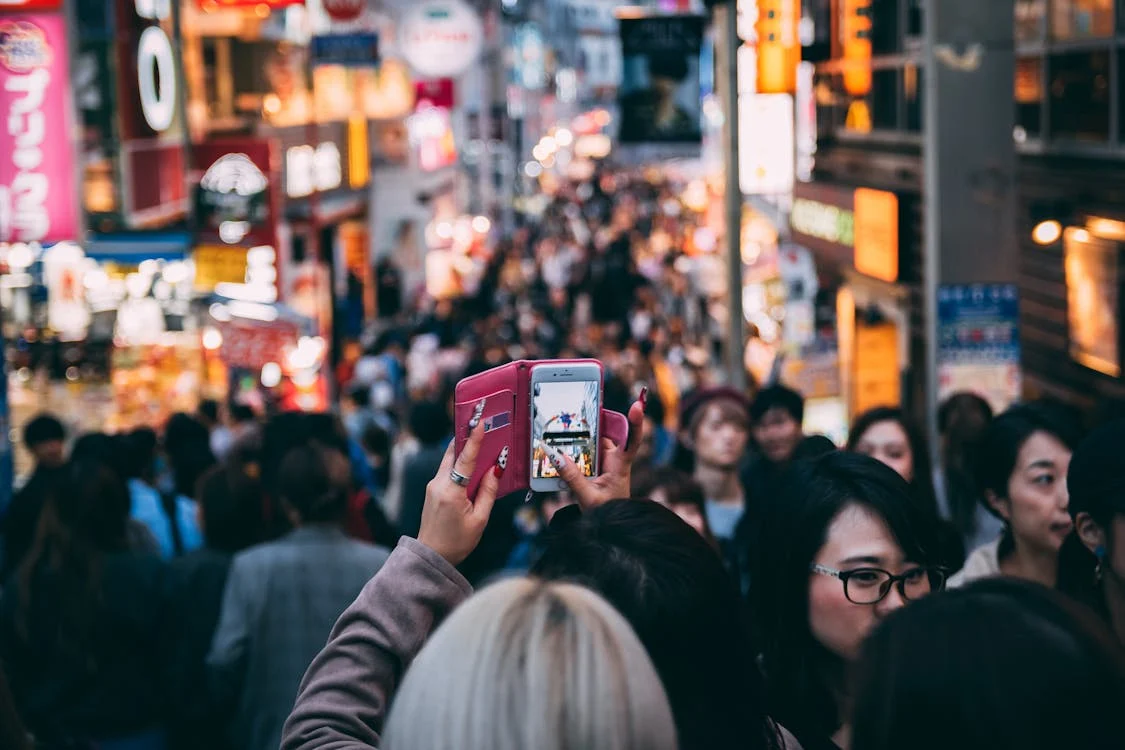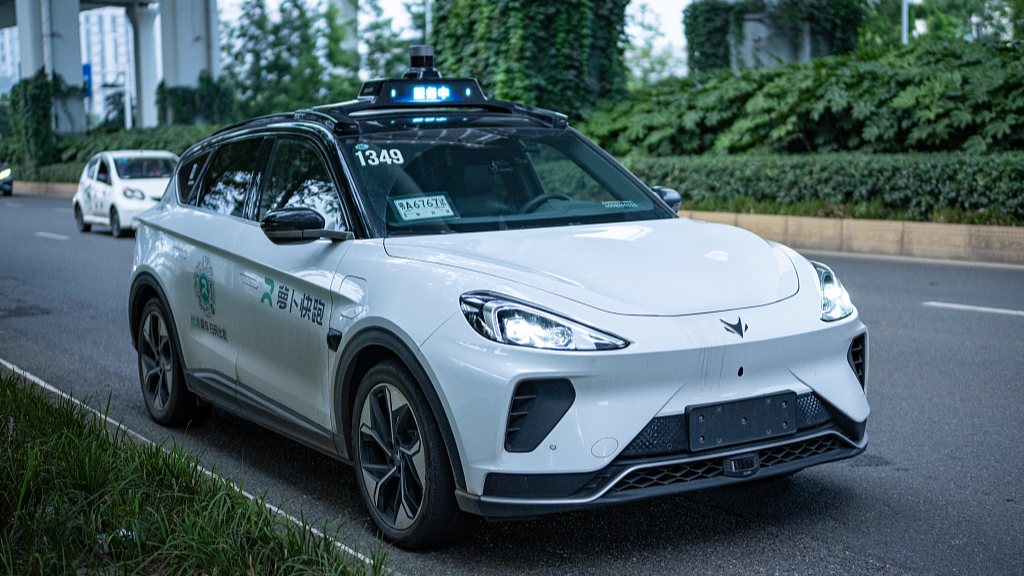Labour Day 2025 sparks historic regional travel surge
In a continent where mobility fuels economies, Labour Day 2025 has sparked a historic travel surge across Asia. From Singapore’s Changi Airport to the beaches of Bali, airports and hotels are experiencing record-breaking volumes, confirming that the region’s tourism industry is not just recovering — it is thriving.
This is not a random uptick. It is a direct result of strategic regional planning, rising middle-class wealth, and a growing preference for intra-Asia tourism over long-haul destinations.
Early signs: bookings break records
According to travel platforms Agoda and Traveloka, bookings during Labour Day week (April 27–May 4) have jumped 35–40% year-on-year. Airports and hospitality industries across Southeast and East Asia are witnessing pre-pandemic levels of movement:
Singapore reports 92% hotel occupancy for the Labour Day weekend, based on data shared by Singapore Tourism Board.
Thailand’s Suvarnabhumi Airport anticipates handling over 1.8 million passengers, according to Airports of Thailand (AOT).
Malaysia shows a 55% increase in cross-border travel volume between Johor Bahru and Singapore, according to statistics from Tourism Malaysia.
Flight searches and hotel bookings reveal similar surges:
Flight interest to Bali rose 38%, according to insights from Skyscanner Asia.
Hotel bookings in Da Nang and Hoi An climbed 41%, based on data by Vietnam National Administration of Tourism.
Cross-border train ticket sales in Japan’s Shinkansen network increased by 29%, according to Japan National Tourism Organization (JNTO).
Travel is not simply returning — it is evolving, prioritizing speed, tech integration, and localized experiences.
Achievements: regional tourism strategies paying off
Governments across Asia have laid significant groundwork to fuel this rebound:
Japan resumed visa-free entry from 72 countries ahead of its Golden Week holidays (Japan Times).
Vietnam expanded its e-visa program to cover all nationalities, according to Vietnam Immigration Department.
Thailand launched a series of tourism promotions and added low-cost carrier partnerships, according to Tourism Authority of Thailand (TAT).
Meanwhile, low-cost carriers such as AirAsia and Scoot have restored service frequencies to pre-2020 levels or higher.
According to the ASEAN Tourism Association (ASEANTA), intra-Asia travel now accounts for 72% of total regional tourist arrivals, up from 60% in 2024.
Editorial insight: the reshaping of Asian travel
Labour Day 2025 is a pivot point in how Asia thinks about tourism. Digital tools, wellness retreats, weekend escapes, and “quiet luxury” trips are taking precedence over traditional package tours.
Consumer behavior is changing:
Younger travelers increasingly use platforms like TikTok and Xiaohongshu to discover new destinations.
Urban professionals favor nearby cultural cities or wellness resorts over long, exhausting journeys.
Localized experiences, such as food markets and heritage villages, are rising in popularity.
This shift indicates a maturing market where travelers seek meaningful, short-haul experiences instead of conventional tourism.
Future focus: toward year-round sustainable travel
Looking ahead, Asia’s travel sector is positioning itself for sustainable, decentralized growth:
Decentralization: Governments are promoting rural and second-tier cities to avoid urban congestion.
Seamless travel: Airports like Changi Airport are leading biometric immigration and real-time navigation initiatives.
Eco-tourism: Bali’s tourism reinvestment tax and Singapore’s certified green hotels show a deep commitment to sustainable tourism models.
If Labour Day 2025 is a preview, Asia’s future as the world’s leading travel destination looks not only certain but also transformational.
Read more: Changi Airport Reclaims the Crown: Inside Asia’s Most Iconic Travel Hub.














